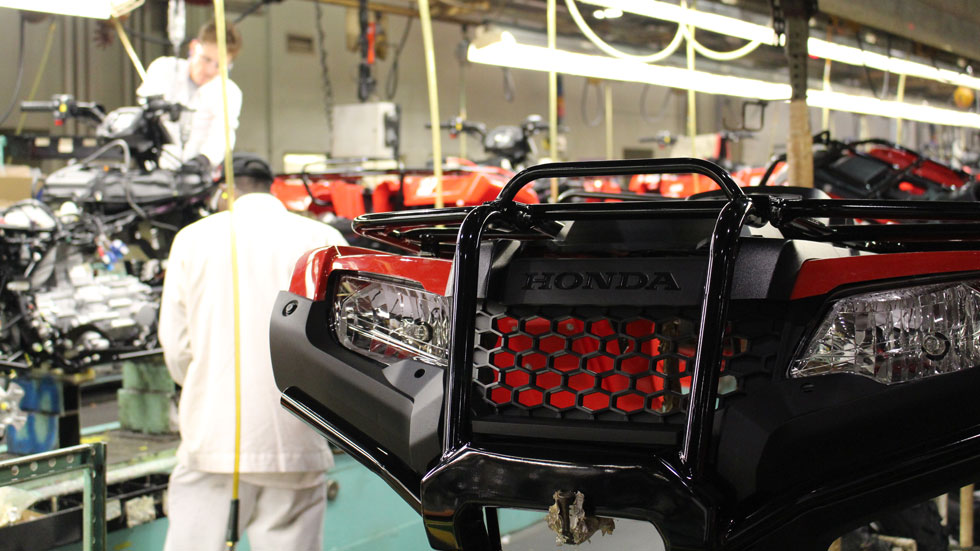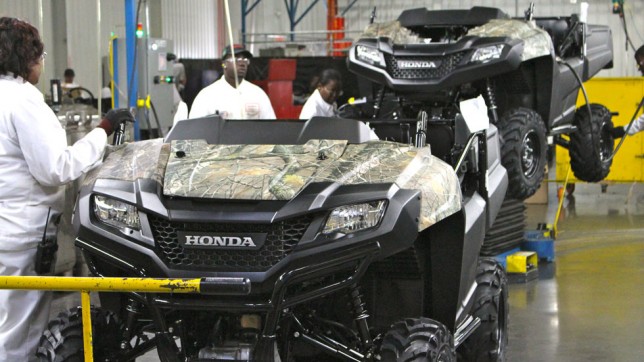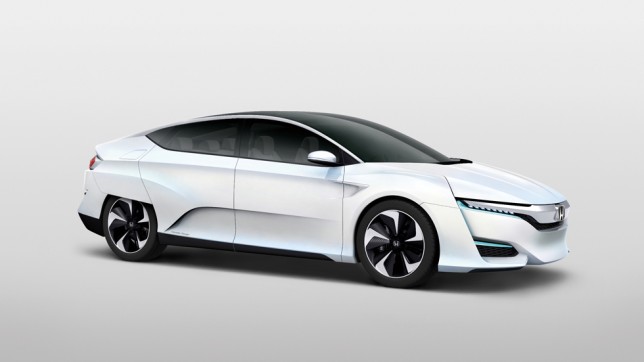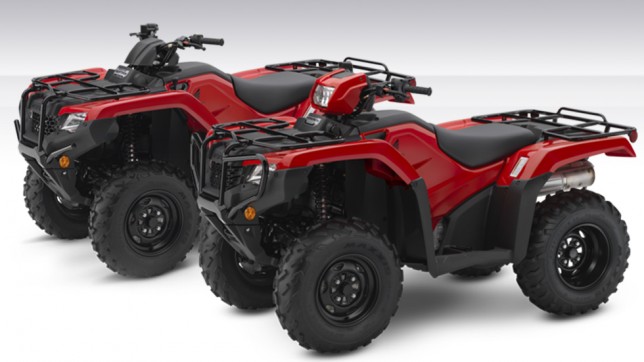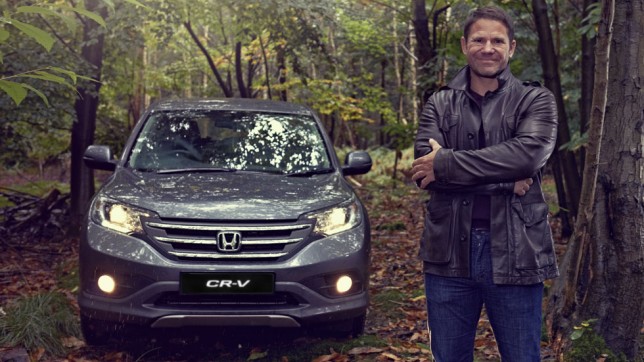by Emily Padfield
The name Honda is synonymous with ATVs, or ‘quads’ as they’re more commonly known in the UK. For the many outdoor industries that depend on a utility vehicle to do everyday tasks, a Honda is often first choice.
Reliability has and continues to be one of the key reasons behind this. For those who have owned one, it’s the ability to start a Honda at the flick of a switch, no matter how long it’s been in the shed, that makes it stand out.
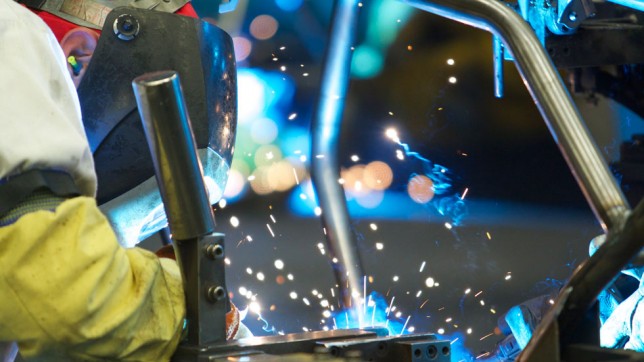
Each ATV frame is constructed and safety checked before it goes though to the next manufacturing process
Why South Carolina?
Like so many Honda factories, the concept of establishing a facility in America’s South was to be as near to the key customer-base as possible. North America is the largest market for four-wheelers in the world, both for work and leisure, and so the region was a natural choice.
Timmonsville is one of Honda’s 14 major factories in North America. Located near Florence in South Carolina, the plant began mass production in July 1998, and the number of units produced reached 50,000 in that first year. The following year, a second shift started up and production of more of the key components also started at the plant.
500,000 ATVs
In 1999, production reached 500 units a day, meaning the plant could achieve 100,000 units a year, and numbers quickly ramped up year-on-year. Engine assembly started in 2000, with the establishment of a dedicated engine plant, and in the same year a machining department was also founded. Die cast mass production started in 2001 and in that year the factory produced its 500,000th ATV.
With the growth in production, the importance of bringing manufacturing in-house has also manifested itself. Everything from the plastic mouldings and even the fuel tank, to the cast engine housings and machined engine parts are produced at the facility, making Honda South Carolina (HSC) far more than merely an assembly plant, but the lynchpin for the whole utility vehicle manufacturing process.
Now, the factory produces 266,000 units a year and in excess of 310,000 engines. More than 2.5 million ATVs have been manufactured and the plant now employs in excess of 650 people, making it one of the largest manufacturing facilities in South Carolina.
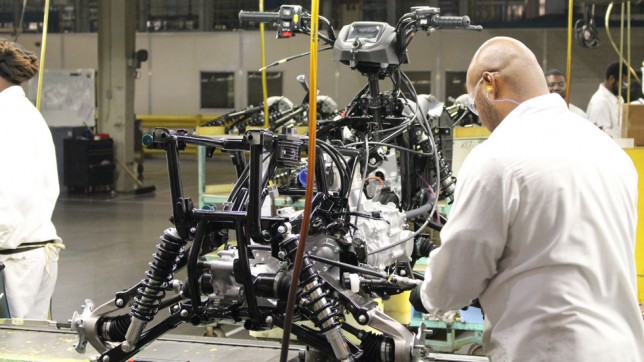
The ATV engine, which includes castings and components made at the plant, is inserted into the frame
Respectful philosophy
Walking around the plant, you’re never far away from a reminder of the Honda Philosophy, with large banners encouraging associate participation on all levels. The driving force behind its worldwide growth, the set of management principles established by Honda Founders Soichiro Honda and Takeo Fujisawa, is still key to every business endeavour Honda makes.
Pivotal to this has always been the creation of a workforce where each member’s ideas receive full consideration and the respect of the group. This respect for the individual is what reinforces the manufacturing process in every Honda factory, and HSC is no exception.
In 2013, HSC was named one of the safest companies in America by EHS Today, the specialist publication for safety and health, regulatory, environmental management and risk management affairs.
Safety and associate representation has always played a key part at HSC, with many key milestones reached, such as four million hours with no lost time repeated time and again. Employees, or associates as they are more pertinently defined in Honda terms, are encouraged to identify and implement any safety measures that could make a difference.
Research and development on-site
Five ATV model ranges are made at the facility and all the research and development for new models takes place either here or at the Honda Car R&D facility in Ohio.
After a noticeable silence in the utility or side-by-side market, Honda launched its first model, the Pioneer 700, in 2013 to the North American market. Designed and tested in and around the plant, demand for this first model far outstripped supply, suggesting the market had been waiting for the renowned utility manufacturer to launch an alternative to what was already on the market. This year, it launched the Pioneer 500 for the smaller end of the market, which was again faced with strong demand.
New ATV models are constantly being introduced and updated at Timmonsville. Not only are many local farmers and other users involved in the R&D process, but many associates own and operate ATVs in their spare time. Some even combine farming with working at Honda.
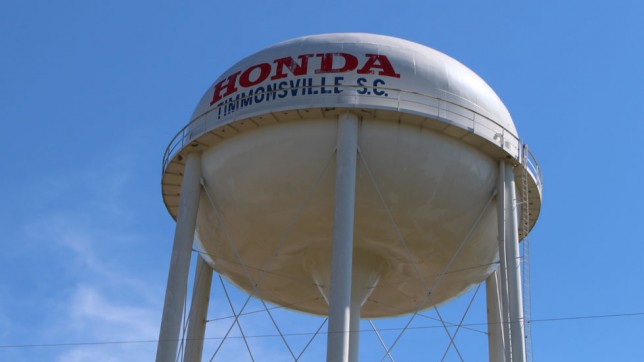
No Southern town would be complete without a water tower, and the Timmonsville structure pays homage to the Honda facility
Environmentally sustainable
Honda South Carolina received Wildlife and Industry Together (WAIT) accreditation in July 2009. The program is designed to encourage corporate landowners to integrate wildlife habitat into corporate management decisions, and in doing so match site associates with community partners to develop habitat plans.
The 615-acre site now boasts fully stocked fishponds, a butterfly garden, countless bird feeders and houses, as well as extensive food plots for wild deer, turkeys and other local wildlife.
The factory has worked alongside the South Carolina Wildlife Federation, the South Carolina Department of Natural Resources and the National Wild Turkey Federation to integrate wildlife-habitat needs into any land management decisions.
To establish such a diverse environment, the company also uses the project to partner with local organisations such as the Boy Scouts and the Boys and Girls Club of Timmonsville.
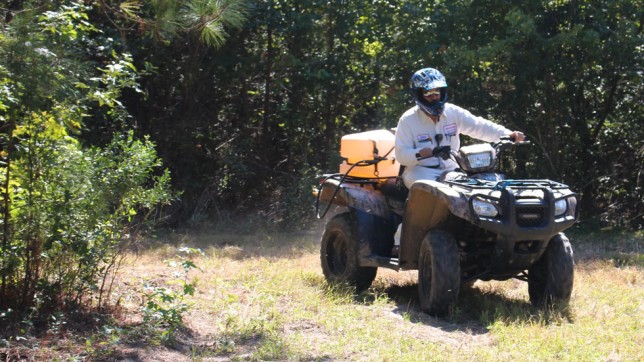
The Honda South Carolina site spans 615 acres, most of which is managed to sustain and improve wildlife habitats and populations
Zero waste
Honda South Carolina achieved landfill-free status in 2010. Part of the company’s ‘Green Factory’ initiative, this status has been met by not only company remits but also from associate participation. Waste has been removed along the full process, from the reduction of metal scrap in stamping processes to improved parts packaging, and even by minimising paper and plastic waste from factory cafeterias.



